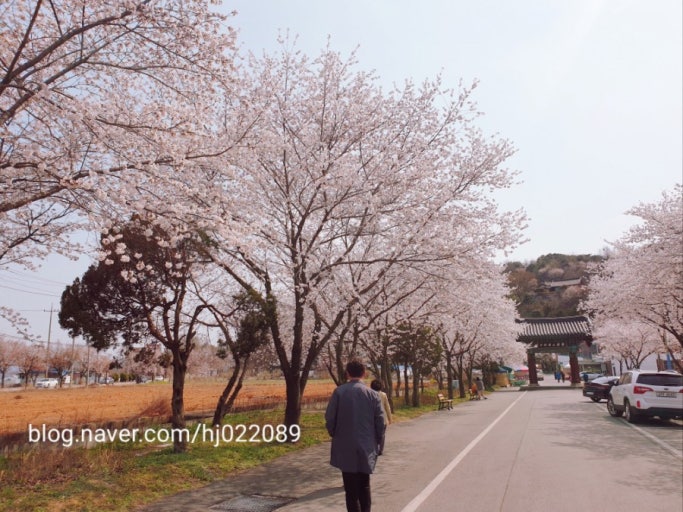The Korean language did not evolve from a single language. In the past, many different groups populated the Korean peninsula. They merged into homogenous people with a single language during their unifications during the 6th to 14th century. In the 15th century, the Korean language developed into the language we know of now.
There are different theories about which language family Korean belongs to. The Altaic theory states that Korean belongs to the Altaic family, and this theory talks about how Koreans came from the north. The other theory is that Korean belongs to the Austronesian language family and that Koreans came from the south.
Before the current writing system, Hangul, Koreans used Chinese characters to represent the sounds of Korean. However, Chinese characters could not denote Korean speech as well. Additionally, only the elite people could afford the time and money to study the Chinese characters, which meant that not many common people knew how to read. As a result, King Sejeong created hangul, consisting of 24 letters (14 consonants and 10 vowels).
Korean today reflects China’s significant influence because a lot of Korean vocabulary was derived from Chinese. Despite the word borrowing, modern Korean is distinct from Chinese in sound and sentence structures. Understanding the history of anything allows us to understand the present better. Therefore, learning about Korea's language history helps me understand how the language came to be and Korea's past culture.
Language changes are affected by technology and new inventions as words and phrases are created to describe things that have never existed before. An example of this change would be texting. Texting has created many new different words with meanings that we have never seen before. Language could also change when the meaning of old words changes into a new meaning. It could also change when we meet people from different locations. If we spend a lot of time with someone who may not be from the same area as you, we tend to pick up words and phrases that the other person frequently uses, and the chain continues. Linguistics could track and predict these changes through the use of technology. Many digital analysis researchers can pick up many subtle patterns in language changes.



